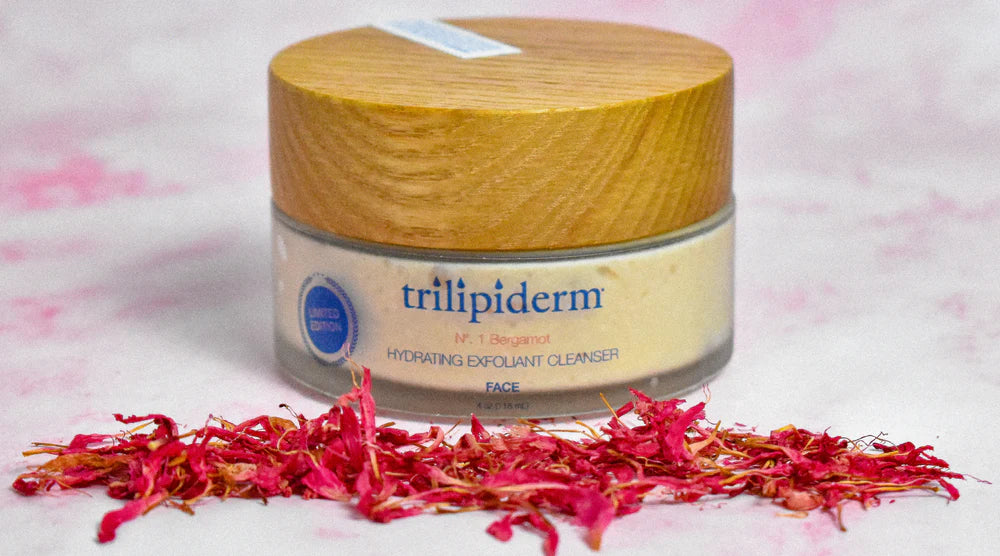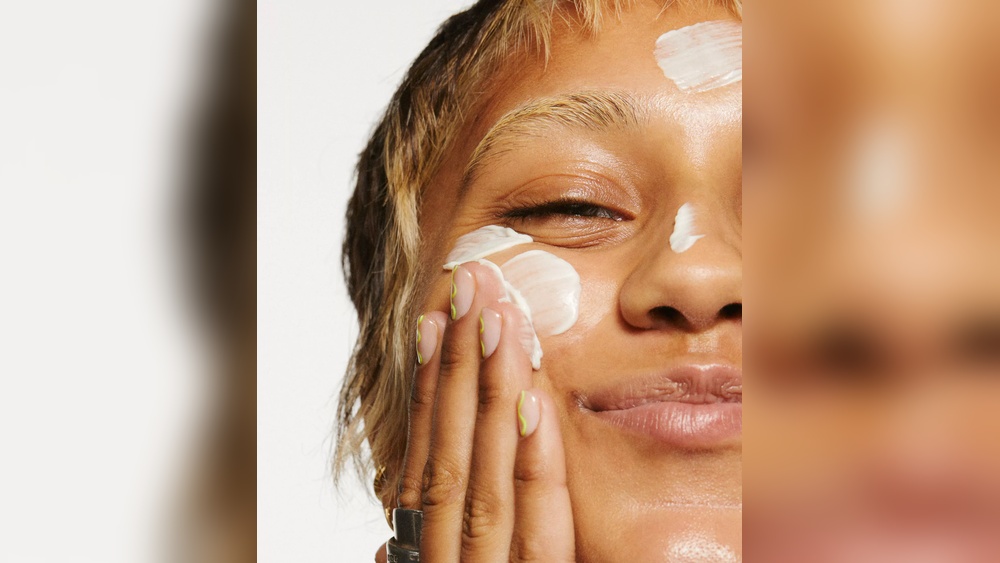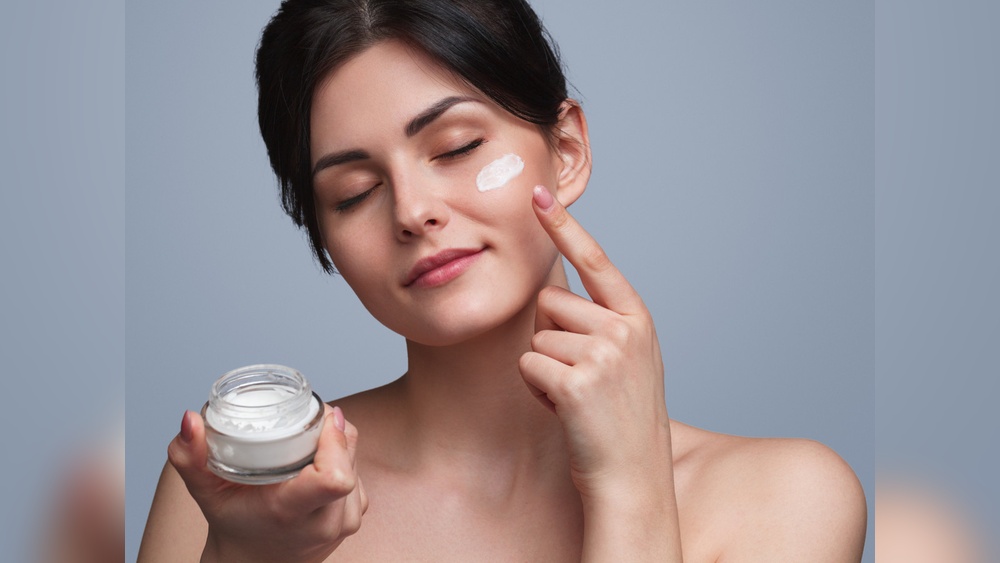Are you wondering if you can mix your face cream with sunscreen? It’s a question many people ask because applying both can sometimes feel like a hassle.
You want to protect your skin from harmful sun rays while keeping it soft and hydrated. But does combining these two products work, or could it actually harm your skin? Keep reading to discover the truth and learn how to get the best results for your skin care routine.
This simple tip could change the way you protect your skin every day.

Credit: www.colorescience.com
How Face Cream And Sunscreen Work
Understanding how face cream and sunscreen work helps you use them properly. Both products protect and care for your skin. They serve different but important roles. Knowing these roles lets you decide if mixing them is a good idea.
Purpose Of Face Cream
Face cream hydrates and nourishes the skin. It helps keep skin soft and smooth. Many creams also repair skin damage. Some target specific issues like dryness or aging. Face cream supports your skin’s natural barrier.
Role Of Sunscreen
Sunscreen protects skin from harmful UV rays. It blocks or absorbs the sun’s radiation. This prevents sunburn and long-term damage. Sunscreen lowers the risk of skin cancer. It is a vital step in daily skin care.
Differences In Formulation
Face creams focus on moisture and skin health. Sunscreens contain special ingredients to shield from UV light. These ingredients must remain stable under the sun. Sunscreens often feel thicker or stickier. Creams usually have a lighter texture for daily use.
Is Mixing Them Safe?
Mixing face cream with sunscreen is a common practice. People often wonder if it is safe to do so. Understanding the safety of this mix helps protect your skin effectively. Let’s explore the potential benefits, risks, and what experts say.
Potential Benefits
Mixing face cream with sunscreen can save time in your routine. It may help you apply both products evenly in one step. Some face creams add extra moisture, which can improve skin hydration. This blend might make sunscreen feel less sticky or heavy on skin. It can be useful when you want a lighter layer of protection.
Possible Risks
Mixing products may reduce sunscreen’s effectiveness. The face cream might dilute important UV filters. This can lower the level of sun protection. Some ingredients in creams can react with sunscreen chemicals. This reaction may cause skin irritation or breakouts. Not all face creams blend well with every sunscreen. Incorrect mixing can lead to uneven coverage.
Expert Opinions
Dermatologists say it is better to apply sunscreen on clean skin. They recommend using sunscreen first, then adding face cream if needed. Experts warn against mixing products in the palm before applying. This can change the sunscreen’s formula and reduce protection. Many experts suggest using products designed to work together. They stress checking product labels for compatibility. Following expert advice helps keep your skin safe.
Best Practices For Application
Applying face cream and sunscreen correctly keeps your skin healthy and protected. Following best practices helps both products work well. It also prevents skin issues and keeps your skin smooth and safe from sun damage. Here are some key tips for applying face cream and sunscreen.
Order Of Application
Apply face cream first. It hydrates and prepares your skin. Let it absorb fully. Then apply sunscreen on top. Sunscreen creates a protective layer. This order keeps both products effective. Mixing them together can reduce sunscreen’s protection. Always keep sunscreen as the last step before makeup or going outside.
Amount To Use
Use enough face cream to cover your face lightly. Too much can block sunscreen. For sunscreen, use at least one teaspoon for your face. This amount ensures proper sun protection. Spread it evenly on all exposed skin. Applying less reduces the sunscreen’s effectiveness. Don’t skimp on the amount for good protection.
Timing Between Layers
Wait about 5 minutes after applying face cream. This lets the cream soak into your skin. Then apply sunscreen gently. Give sunscreen 15 minutes to set before sun exposure. This waiting time helps sunscreen form a strong shield. Rushing the process can lower sun protection. Patience improves the results on your skin.

Credit: trilipiderm.com
Choosing The Right Products
Choosing the right products is key to mixing face cream with sunscreen safely. Not all creams and sunscreens work well together. Some may cause skin irritation or reduce protection. Knowing what to pick helps keep your skin healthy and protected.
Focus on the ingredients and how they interact. Proper combinations can boost skin care and sun protection. Avoid products that clash or cause problems.
Ingredients To Look For
Pick face creams with gentle, hydrating ingredients like glycerin or hyaluronic acid. These help keep skin soft without clogging pores. Sunscreens with zinc oxide or titanium dioxide offer broad protection and are less likely to irritate skin.
Avoid creams with heavy oils or strong acids when using sunscreen. These can reduce how well the sunscreen works. Simple formulas work best under sunscreen.
Avoiding Conflicts
Check for ingredients that might not mix well. For example, some retinol creams may break down sunscreen chemicals. Avoid combining strong exfoliants with sun protection. This can cause redness or sensitivity.
Test small skin areas before full use. Watch for any redness, itching, or burning. This helps avoid bigger skin issues later.
Recommended Combinations
Use a lightweight moisturizer first. Let it absorb fully before applying sunscreen. This layering helps both products work well.
Choose sunscreens labeled “broad spectrum” with SPF 30 or higher. Pair them with non-comedogenic creams to avoid breakouts. This combo keeps skin safe and comfortable all day.
Alternatives To Mixing
Mixing face cream with sunscreen is not always the best idea. It can reduce the sunscreen’s protection and affect the texture. There are better ways to combine skincare and sun protection. These alternatives keep your skin safe and moisturized without mixing the products.
All-in-one Moisturizer With Spf
All-in-one moisturizers with SPF offer hydration and sun protection together. They save time and simplify your routine. These products are made to protect your skin and keep it soft. Choose one with broad-spectrum SPF 30 or higher. Apply it like a regular moisturizer for easy use.
Separate Application Methods
Apply your face cream first, then wait a few minutes. Let it absorb completely before applying sunscreen. This method keeps both products working well. Sunscreen forms a protective layer on top. It blocks harmful UV rays without mixing with your moisturizer.
Using Primers Or Serums
Use a primer or serum to add extra skin benefits. Apply these before your moisturizer and sunscreen. Primers can smooth skin and help makeup last longer. Serums often contain vitamins and antioxidants. They boost skin health while letting sunscreen do its job.

Credit: www.youtube.com
Common Myths About Mixing
Many people worry about mixing face cream with sunscreen. Some believe it can cause problems or reduce protection. These worries come from common myths. Knowing the facts helps you use these products safely and effectively.
Myth: Reduced Effectiveness
Some say mixing face cream and sunscreen lowers sunscreen’s power. Sunscreen works best when applied in a thick, even layer. Mixing can thin the sunscreen, but only if done in large amounts. Using a small amount of face cream with sunscreen usually does not reduce protection. Applying sunscreen properly is more important than mixing concerns.
Myth: Skin Irritation
People think mixing products causes skin irritation. Irritation depends on ingredients, not mixing itself. Both face cream and sunscreen are made for skin use. If your skin is sensitive, test both products separately first. Mixing does not create new chemicals that cause irritation. Choose gentle, hypoallergenic products to reduce risk.
Myth: Unnecessary Step
Some believe mixing face cream and sunscreen is not needed. Using both is important for skin health. Face cream hydrates and nourishes your skin. Sunscreen protects against harmful UV rays. Mixing saves time and can make application easier. It is a practical step, not a waste.
Tips For Different Skin Types
Mixing face cream with sunscreen can help simplify your skincare routine. Different skin types need different care when combining these products. Knowing your skin type helps you pick the right products. This keeps your skin healthy and protected.
Dry Skin
Choose a rich, hydrating face cream before sunscreen. Apply the cream first to lock in moisture. Use a sunscreen with added hydration or cream texture. This combo prevents dryness and keeps skin soft. Avoid sunscreens that feel chalky or dry.
Oily Skin
Pick a lightweight, oil-free face cream. Use a sunscreen labeled “matte” or “oil-control.” Mix a small amount of cream with sunscreen for a smooth feel. This prevents shine and clogged pores. Blot excess oil during the day if needed.
Sensitive Skin
Use a gentle, fragrance-free face cream. Choose a mineral-based sunscreen with zinc oxide or titanium dioxide. Test the mix on a small skin patch first. Avoid creams and sunscreens with alcohol or strong scents. This reduces redness and irritation risk.
Combination Skin
Apply a lightweight cream on oily areas and richer cream on dry spots. Use a balanced sunscreen that is not too greasy. Blend the products well for even coverage. This approach helps control shine and dryness together. Adjust the mix based on daily skin needs.
Frequently Asked Questions
Can I Mix Face Cream With Sunscreen Directly?
Yes, you can mix face cream with sunscreen. However, applying sunscreen alone or after moisturizer ensures better protection and absorption.
Does Mixing Face Cream Reduce Sunscreen Effectiveness?
Mixing face cream may dilute sunscreen, slightly reducing its effectiveness. For optimal protection, apply sunscreen as the last step.
Which Is Better: Layering Or Mixing Cream And Sunscreen?
Layering is better than mixing. Apply moisturizer first, let it absorb, then apply sunscreen for maximum skin protection.
Can All Face Creams Be Mixed With Sunscreen?
Not all creams mix well with sunscreen. Check ingredients compatibility to avoid pilling or reduced sun protection.
Conclusion
Mixing face cream with sunscreen can work if done right. Choose lightweight creams to avoid a heavy feel. Always apply enough sunscreen for full protection. Mixing might reduce sunscreen’s strength if not careful. Apply face cream first, then sunscreen on top.
Test your skin to avoid irritation or breakouts. Remember, sunscreen protects against harmful sun rays daily. Keeping your skin safe is always the priority. Simple steps can keep your skin healthy and glowing. Trust your skin’s reaction and adjust your routine.



